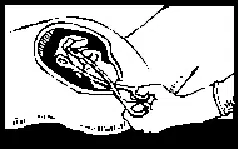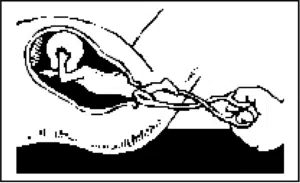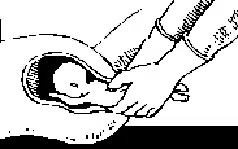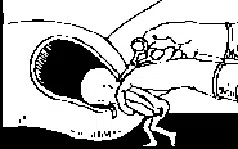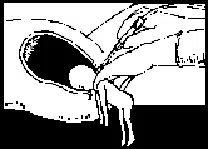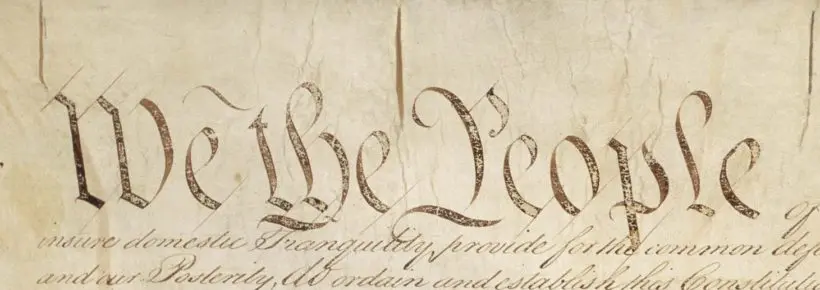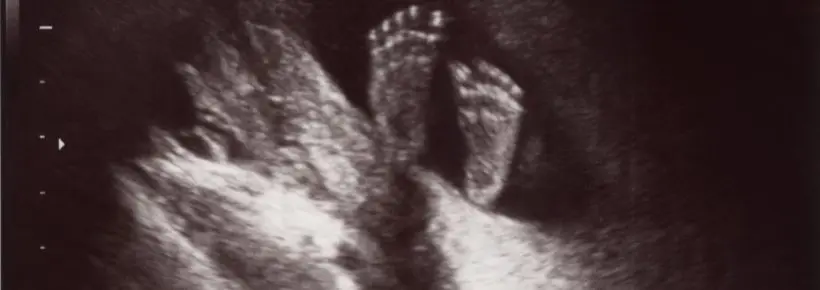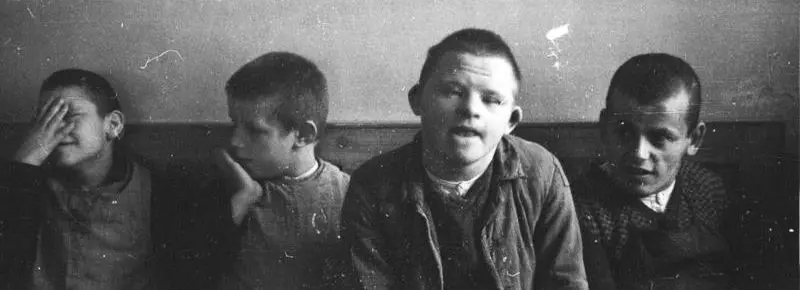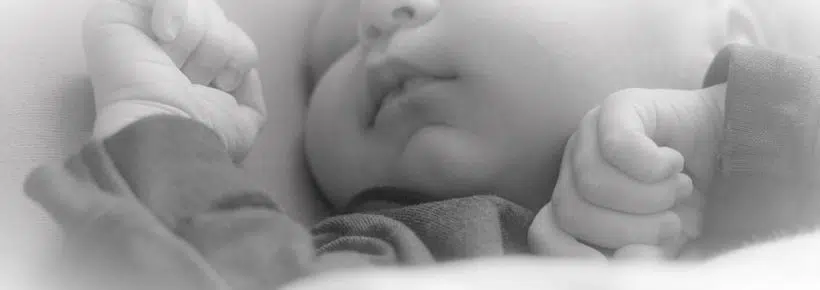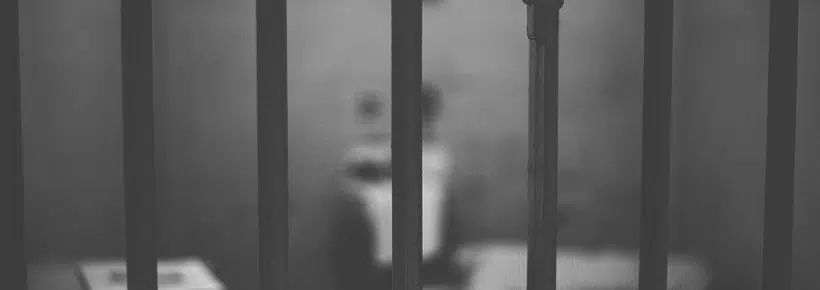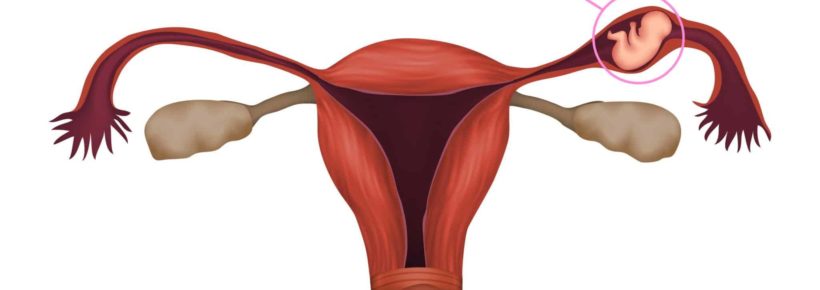Gonzales vs. Carhart Upholds Congressional Ban on Partial-Birth Abortions
On April 23, 2007, the US Supreme Court issued an important decision in the case called Gonzales vs. Carhart, in which the Court upheld a ban of the gruesome “partial-birth abortion” procedure. The ban, approved by Congress, was called the Partial-Birth Ban Act and was signed into a federal law by President George W. Bush on November 5, 2003. In medical terms, this abortion method is known as “Dilation and Extraction” (D&X). It is a late abortion procedure because it is committed during the second and third trimesters of pregnancy.1
The Path of Gonzales vs. Carhart to the Supreme Court
In 2004, three district courts found the Partial-Birth Abortion Ban unconstitutional.
U.S. Attorney General Alberto Gonzales, acting on behalf of the federal government, appealed the three district court rulings. First, Gonzales appealed a ruling of the United States Court of Appeals in favor of late-term abortionist LeRoy Carhart. But on July 8, 2005, the panel of three judges unanimously upheld the decision made by the District Court. The judges held that the Partial-Birth Abortion Ban Act was unconstitutional because it lacked an exception for the health of the woman.
Then, on September 25, 2005, Gonzales petitioned the U.S. Supreme Court to review the decision. The Supreme Court agreed to hear the Gonzales vs. Carhart case on February 21, 2006.
The Majority Rule
Finally, on April 23, 2007, the Supreme Court upheld Congress’s ban of the Partial-Birth Abortion method. The Court reasoned that the ban did not impose an undue burden on the due process right of women to obtain an abortion. “The Fifth and Fourteenth Amendments to the United States Constitution each contain a due process clause. Due process clause…acts as a safeguard from arbitrary denial of life, liberty, or property by the government outside the sanction of law.” The Court based its reasoning on the fact that it had previously ruled in favor of a “right” of women to abortion in the cases of Roe vs. Wade (1973) and Planned Parenthood vs. Casey (1992).
We can safely add that this reasoning of the Supreme Court meant that the so-called “right” of a woman to have a late term abortion was secured by the existence of other late term abortion methods, such as the also gruesome “Dilatation and Evacuation” (D&E), which is committed up to the 28th week of pregnancy.2 This method is commonly known by pro-lifers as “dismemberment abortion” since it tears an unborn baby apart limb by limb.
Gonzales vs. Carhart Leaves the Door Open for State “Health” Exceptions
Supreme Court Justices Anthony Kennedy, John Roberts, Samuel Alito, Clarence Thomas, and Antonin Scalia agreed that those who were against the D&X ban “had failed to prove that Congress lacked authority to ban this abortion procedure.” These justices did not necessarily agree with Congress that this abortion procedure is never necessary “to protect the health of a pregnant woman.” However, Justice Kennedy, writing for the majority, argued that “a health exception was unnecessary where medical testimony disputes Congress’s findings, that Congress is still entitled to regulate in an area where the medical community has not reached a consensus. Therefore, Gonzales vs. Carhart leaves room for states to introduce exceptions for the health of the woman to the Partial-Birth Abortion Ban.
The Legal Reasoning of the Dissenting Minority
Justice Ruth Bader Ginsburg, joined by Justices David Souter, John Paul Stevens, and Stephen Breyer, disagreed with the majority. Ginsburg argued that the majority had ignored precedent. Ginsburg and the other three dissenting justices referred specially to Roe v. Wade (1973) and Planned Parenthood vs. Casey (1992). In these two decisions the Court had ruled that women had a constitutional right to an abortion. Ginsburg did not argue so much on the grounds of a woman’s right to privacy, which was the main line of reasoning of these two decisions. Rather, she argued on the grounds of “personal autonomy and equal citizenship.”
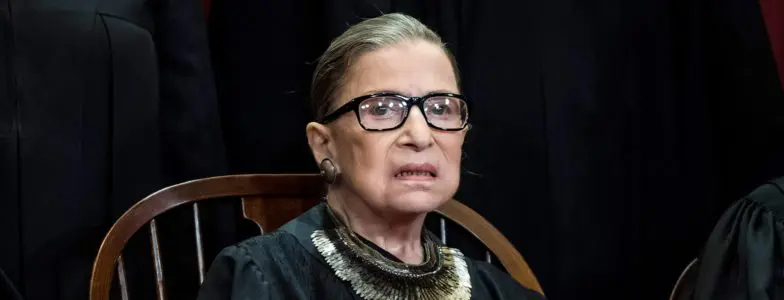
Photo by Jabin Botsford/The Washington Post via Getty Images
By “personal autonomy” Ginsburg meant that women have the ability and the right to decide the course of their lives. “Equal citizenship” in Ginsburg’s mind followed upon personal autonomy. She reasoned that if you deny women the right to fully determine the course of their lives (personal autonomy), then you are also denying them equal citizenship. They would not have the same citizenship status as men.
“Ginsburg also took issue with the lack of a health exception.” She essentially argued that such a lack would be an undue burden on women’s ability to have an abortion. She added that, together with their doctors, women were fully capable of making the decision regarding any abortion method.
What Is a “Partial-Birth Abortion”?
So far, we have not described what an actual “partial-birth abortion” is. We have only said that it is a gruesome procedure, which it certainly is. It is important to describe what it is, or the legal reasoning is just an abstraction. It is useless to argue back and forth about the “right” to abortion without knowing what happens to the pre-born babies and to the women themselves.
According to Brian Clowes, PhD, Director of Research and Training for Human Life International, “More than any other abortion, the D&X killing method exposes the cruel and inhumane nature of both abortion in general and abortionists in particular.”4 Then he goes on to describe this horrible procedure by quoting from the abortionist who originated it:
“Abortionist Martin Haskell originated the D&X procedure because ‘…most surgeons find dismemberment [i.e., D&E] at twenty weeks and beyond to be difficult due to the toughness of fetal tissues at this stage of development.’”3
The Procedure
“Haskell, who boasted at a 1992 National Abortion Federation (NAF) conference that he has committed more than 700 late second-trimester and third-trimester D&X killings, describes his technique:
At this point [after the baby has been entirely delivered except for the head], the right-handed surgeon slides the fingers of the left hand along the back of the fetus and ‘hooks’ the shoulders of the fetus with the index and ring fingers (palm down). Next, he slides the tip of the middle finger along the spine towards the skull while applying traction to the shoulders and lower extremities. The middle finger lifts and pushes the anterior cervical lip out of the way.
While maintaining this tension, lifting the cervix, and applying traction to the shoulders with the fingers of the left hand, the surgeon takes a pair of blunt curved Metzenbaum scissors in the right hand. He carefully advances the tip, curved down, along the spine and under his middle finger until he feels it contact the base of the skull under the tip of his middle finger.
Reassessing proper placement of the closed scissors tip and safe elevation of the cervix, the surgeon then forces the scissors into the base of the skull or into the foramen magnum [the large opening in the occipital bone between the cranial cavity and the spinal canal]. Having safely entered the skull, he spreads the scissors to enlarge the opening.
The surgeon removes the scissors and introduces a suction catheter into this hole and evacuates the skull contents. With the catheter still in place, he applies traction to the fetus, removing it completely from the patient.”4
An Illustrated Partial-Birth Abortion
To make matters simpler for the reader we illustrate by means of drawings the essential steps of this procedure, which is really 20% abortion and 80% infanticide:5
- Guided by ultrasound the abortionist holds the baby’s legs by means of scissors.
2. He then turns the baby so that the baby’s feet and legs come out first as shown.
3. Pulling the baby’s legs by means of forceps, the abortionist extracts the baby’s body from his/her mother leaving the head inside.
4. Then, using scissors, the abortionist punctures the back of the baby’s head, and opens the scissors to enlarge the opening.
5. Finally, the abortionist introduces a catheter into the opening in the back of the baby’s head and sucks out the baby’s brains. The head collapses and the abortionist is able to extract it from the mother, thus completing the procedure.
Is Partial-Birth Abortion Necessary to Preserve a Woman’s Health?
Looking closely at the drawings and the description of this method, the question sounds completely absurd. If anything, turning the baby around inside the mother could be dangerous to her. But let us quote again from Dr. Clowes:
To begin with, every major pro-abortion group vigorously defended the D&X procedure on the grounds that crushing the baby’s skull and vacuuming out his or her brains was absolutely necessary in order to make the head “smaller” so the mother could deliver the dead child with less danger to herself. This is obviously a fraudulent claim because, in a D&X abortion, the entire baby (including the shoulders, which are always wider than the head) is delivered except for the head before he or she is killed. Obviously, the only purpose of a D&X abortion is to kill the child.6
Should We Accept Gonzales vs. Carhart?
It is evident that we should accept Gonzales vs. Carhart. However, we should also beware of its serious pitfalls and errors.
First, the ruling really has no teeth. If a state passes a “health” exception, it becomes very easy to get around the ban. Doe vs. Bolton, the companion ruling to Roe v. Wade, defined “health” in very wide terms: “physical, emotional, psychological, familial, and the woman’s age – relevant to the well-being of the patient. All these factors may relate to health.” This means that “health” means anything. And so, any motive “related to health” can be invoked to legally justify abortion even up to the moment of birth. Why should it be any different in the case of legally justifying a “partial-birth abortion”?
Second, the decision in Gonzales vs. Carhart is partially based on the terrible argument that D&X was not the only option. Women had access to other late-term abortion methods, such as the dismemberment or D&E method. This was a catastrophic mistake. Instead of making a strong-worded comment on the inhumane nature of at least all late-term abortions, the majority simply caved in and entrenched, even more into law, the practice of late-term abortions. To this day, Congress has not been able (or willing) to ban late-term abortions.
Gonzales vs. Carhart Reveals the Cruelty of Abortion
The only thing that can somewhat salvage the Court’s decision is that it brought the horrific nature of partial-birth abortions to light. Credit for this public educational effort belongs more to Congress than to the Supreme Court. But it must be admitted, the Court’s majority did follow through with the ban.
Additionally, any health exception for abortion is needless. When a woman has serious health problems that coincide with her pregnancy, she will not be “healed” by an abortion or remain “healthy” because of it. Those medical complications are not inherently due to the pregnancy. They only mean that it is a high-risk pregnancy that requires high-level medical attention for mother and unborn child. However, this medical fact has not yet been acknowledged by the courts, nor has it been adequately explained in an abortion case. This serious blunder is what, for the most part, has kept abortion in the judicial books.
Aside from the legal reasoning in Gonzales vs. Carhart, the public was able to see and hear for the first time the barbaric nature of the “partial-birth abortion” procedure. And, hopefully, through this experience, the American public can begin to see that any abortion, no matter how early or late, is a horrible practice unworthy of a nation that calls itself democratic. For now, abortion is still the law of the land, and legislators and judges have been unable or unwilling to stop this massacre. It is ever clearer that this task of convincing hearts and minds of the evil of abortion is in the hands of American pro-lifers. It is a task from the grass-roots upwards and not from the top downwards.
The author wishes to thank Marlene Gillett-Ibern, Esq. for her expert advice, especially on the legal aspects of this article.
+ Endnotes
[1] Martin Haskell, M.D. “Dilatation and Extraction for Late Second Trimester Abortion.” National Abortion Federation conference proceedings Second Trimester Abortion: From Every Angle, September 13-14, 1992, Dallas, Texas. Referred to in Brian Clowes, PhD. The Facts of Life. Front Royal, VA: Human Life International, 2019. Chapter 1: Surgical Abortion, p. 1-13. This version of the Facts of Life is part of a thumb drive containing HLI’s A Comprehensive Library.
[2] See Brian Clowes, p. 1-10.
[3] See source cited in note [1], p. 1-13.
[4] Martin Haskell, M.D. “Dilatation and Extraction for Late Second Trimester Abortion.” National Abortion Federation conference proceedings Second Trimester Abortion: From Every Angle, September 13-14, 1992, Dallas, Texas. Cited in Dr. Clowes, p. 1-13.
[5] Even though the drawings belong to the public domain, it is only fair to recognize their authorship. According to Dr. Clowes, in 1992, Ms. Tanja Butler adapted the original drawings of Ms. Jenny Westberg. Two physicians have testified publicly and in writing that the drawings are accurate. HLI and VHI have their respective letters.
[6] Dr. Clowes, p. 1-15.
Related Content
Adolfo is the Director of Education for Hispanic Outreach for Human Life International and of HLI's Hispanic outreach arm Vida Humana Internacional. He has a Masters in Theology from St. Vincent de Paul Regional (Major) Seminary and a License in Moral Theology from the Alphonsian Academy in Rome.
Adolfo has traveled frequently to VHI’s affiliates in Latin America to give talks, training sessions, and media interviews. He has authored and co-authored books, articles, reports, and a pro-life training course for Hispanics in the U.S. Adolfo has also participated in the production of two TV pro-life series in Spanish, which have been aired through EWTN en Español.



